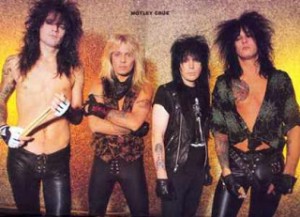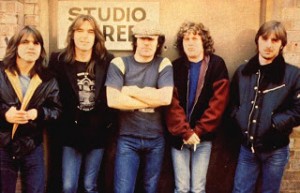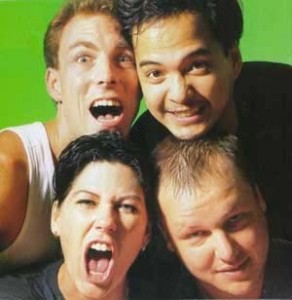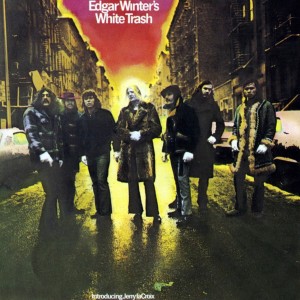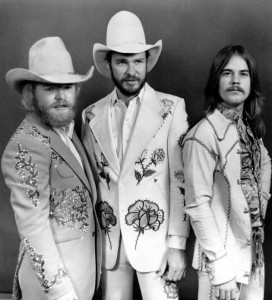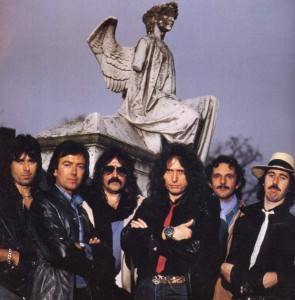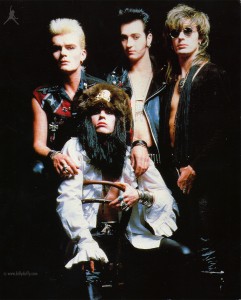Since the age of 13 or so, music has been an important part of my life. I have written about it for various places, including here, here, here, here and, um, here, but more than that, I listen to music that I don’t have to write about pretty much every day.
I was going to write something about my favourite songs or whatever (and may do still), but thinking about it made me tune into the music that plays in my head, almost constantly and seemingly involuntarily, as the general background to my day. Involuntarily, because when tuned into, it becomes obvious that quite a bit of it is stuff that I wouldn’t necessarily listen to at all. Trying to keep track of the music of your mind is difficult though, because as soon as one focuses on it, one begins to/you begin to – that is, in my case I begin to influence it. Even when it is music that you like and listen to by choice, it’s rarely anything that seems specific to the present moment in a movie soundtrack kind of way – at the moment for instance, it’s Deirdre by the Beach Boys. It’s January (cue January by Pilot – sometimes the conscious mind and/or context does influence these things), so not really a season associated with the Beach Boys, I’m not especially in a Beach Boys kind of mood, I don’t know anyone called Deirdre; but the subconscious mind has determined that that’s what we are playing right now. Playing, but also listening to; it’s peculiar when you think about it.
Though the trombone on Deirdre (which I love) prevents it from being a “cool” choice, this could of course be an opportunity to display cooler-than-thou hipsterism, but as you’ll see in the (mostly DON’T) playlist below, lack of conscious control seems to equate to lack of quality control too. With that in mind, I won’t include things that popped into my head fleetingly, like the immortal Everybody Gonfi Gon by 2 Cowboys or jingles from advertisements by Kwik Fit (or, more locally, Murisons, whatever that is/was). Not that the songs below have all appeared in their entirety – in some cases I don’t even know the whole song, in several I only know a few lines of the lyrics. So anyway, here – as comprehensively as I can make it – is what I have “heard” today, with notes where there’s anything to say and concluding thoughts at the end…
The 5th January 2023 being-playedlist – *warning* contains actual songs
Thank You for Being a Friend (Theme from the Golden Girls).
https://www.youtube.com/watch?v=HV7AXRABSng
I have no idea where this came from or why I should apparently be thinking of it, but it’s been a regular on the ‘playlist’ this week. I’ve noticed that some songs stay in rotation for a while, sometimes evolving along the way. A key feature of these kinds of songs is that the ‘voice’ your brain chooses for them and the lyrics etc might be quite different from the real ones, especially when it’s a song you don’t actually know the lyrics of. I haven’t seen The Golden Girls for decades, or heard the theme tune (I included the video without playing it), so this seems an especially odd one. But perhaps it’s an early morning thing; while writing this it occurred to me that the theme from Happy Days has been popping into my head in the shower a lot recently.
Wham! – Last Christmas
https://www.youtube.com/watch?v=E8gmARGvPlI
It feels like extremely bad taste to be subjected to one of my least favourite festive songs, after Christmas, especially since I seem to have successfully avoided this one last year – but oh well, something in the Golden Girls theme apparently suggests it, since they tend to occur together.
Frank Sinatra – Young At Heart
https://www.youtube.com/watch?v=aZRn4auk4PQ
I’ve never intentionally listened to this song, but I guess it’s part of “the culture.” But at least it’s less mysterious than the Golden Girls theme; on my early morning walk there’s a creaky gate that makes a note that somehow puts this song in my mind, though it took me a few days to realise that’s what was happening.
Magnum – Just Like an Arrow
https://www.youtube.com/watch?v=BJeLByGsOGo
I like this song – and cheesy 80s Magnum generally – a lot, but it’s another one I haven’t intentionally listened to for a long time. Maybe this is my brain’s way of telling me to revisit it?
Jim Diamond – Hi Ho Silver
https://www.youtube.com/watch?v=p6mjSAgxusM
Still stuck in the 80s, but this time in the company of a song I loathe and detest; why brain, why? Isn’t this another one that’s TV-related in some way? John Logie Baird has a lot to answer for, clearly
Men at Work – Down Under
https://www.youtube.com/watch?v=XfR9iY5y94s
*Still* in the 80s, but at least it’s a song I don’t dislike. I’m not sure if I’ve ever deliberately listened to this song (you didn’t need to “back in the day”, you heard it everywhere) but it’s been a regular visitor to my brain for many years. There was even a harrowing few weeks (or months – it seemed like a long time) – when it formed a weird medley in my mind with Paul Simon’s Call Me Al (one of the few of his songs I actually dislike). Except that Call me Al had different lyrics at various points. I remember that the flute (recorder?) part of Down Under came in just after the last line of the chorus. Since that time, whenever I’ve heard that song I’ve been half-surprised that the segue doesn’t happen.
The Supremes – Baby Love
https://www.youtube.com/watch?v=ZAWSiWtUK2s
https://www.youtube.com/watch?v=ZAWSiWtUK2s
At least most of these are cheerful songs I guess? This one always makes me think of that objectively quite strange scene in Quentin Tarantino’s (in my opinion) best movie by miles, Jackie Brown
Mull Historical Society – Barcode Bypass
https://www.youtube.com/watch?v=StWYuUbl4M8
https://www.youtube.com/watch?v=StWYuUbl4M8
Oh well, they can’t all be cheerful. I’m guessing the opening line “let me get my gloves/and walk the dogs for miles” has something to do with the inclusion of this one. I like it, but the weary melancholy is not at all the mood of most of these.
Slayer – Raining Blood
https://www.youtube.com/watch?v=Gy3BOmvLf2w
https://www.youtube.com/watch?v=Gy3BOmvLf2w
???Why not, I suppose?
King Crimson – Fallen Angel
https://www.youtube.com/watch?v=eLlmbCkb3As
https://www.youtube.com/watch?v=eLlmbCkb3As
Mysterious: I like bits and pieces of King Crimson but I’m surprised to find that I know this song at all, since I don’t even own the album it’s on (Red, 1974) or any compilations etc. I wonder how I know it? I had to look it up from a fragment of lyric that I knew, but sure enough, it’s Fallen Angel. I thought the only song of that title that I knew was the arguably superior one by Poison, but that’s an argument for another day
Souls of Mischief – ’93 ‘Til Infinity
https://www.youtube.com/watch?v=fXJc2NYwHjw
https://www.youtube.com/watch?v=fXJc2NYwHjw
What this has to do with anything is anyone’s guess; I like it, it’s a classic and all, but I think I heard an alarm of some kind in the distance that somehow morphed into that noise in the background during the “Dial the seven digits” bit. But more importantly, is Tajai really wearing a cricket jumper? And if so, how come he looks cool doing so?
Which brings us up to date and Deirdre: but what other wonders lie ahead?
The Beach Boys – Deirdre
https://www.youtube.com/watch?v=IsDYy1l6TQU
https://www.youtube.com/watch?v=IsDYy1l6TQU
Conclusion: Hm. I don’t know: the subconscious mind is almost a separate entity with different and broader tastes than its conscious host? Or it has a masochistic streak? Or absorbing decades of unwanted stimuli from pop culture means that there has to be a continual processing (with some regrettable but hopefully harmless leakage) in order to function in any kind of normal, rational way, like an overspilling of the dream state into the waking one? Or maybe the brain is constantly making observations and connections that are necessary for its normal functioning (things like intuition and mood) but which the conscious brain has little or no access to except in this oblique way. A lot of this stuff is from the 80s, when I was growing up and absorbing knowledge etc: whatever; being human is strange sometimes. Hope you’re enjoying whatever your brain is treating you to today!






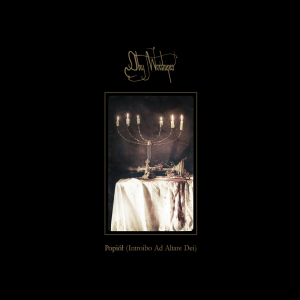
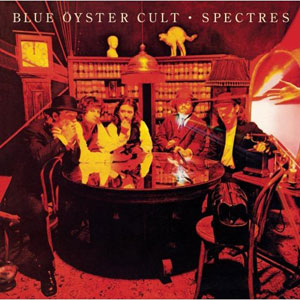
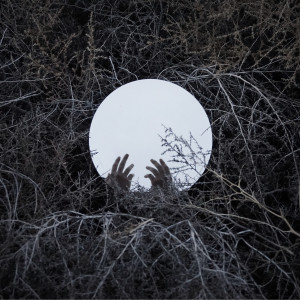




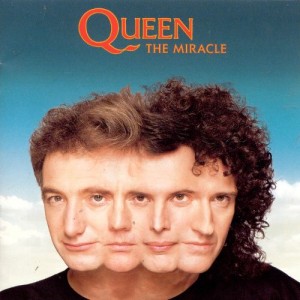


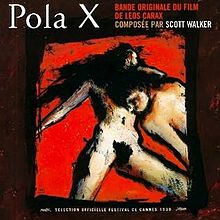

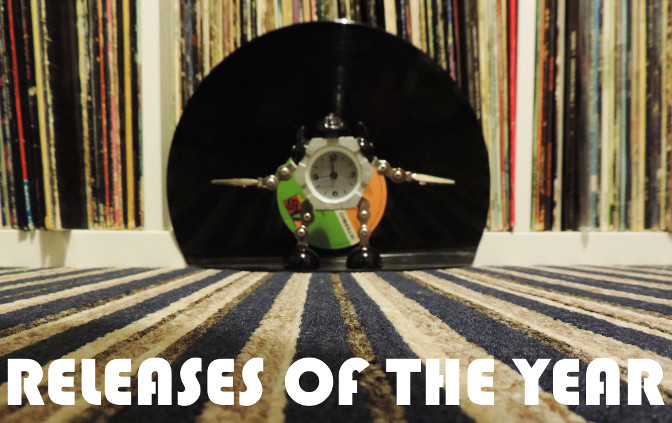

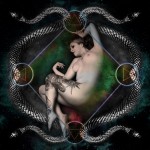

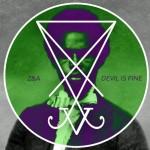

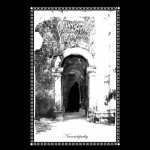

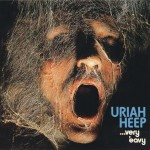
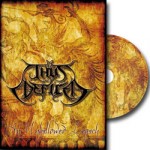
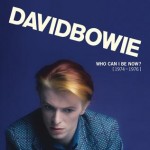
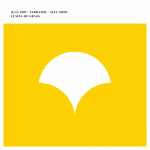

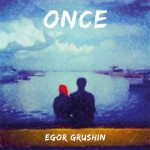


 7. Bessie Smith – The Complete Recordings, Vol 1 (Columbia/Legacy)
7. Bessie Smith – The Complete Recordings, Vol 1 (Columbia/Legacy)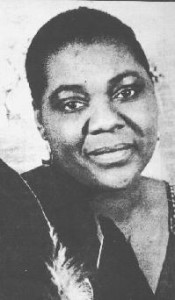







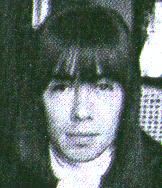
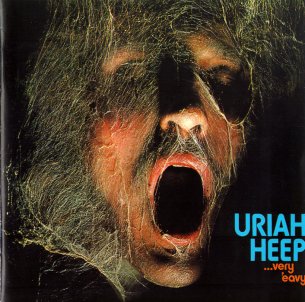 As if all this wasn’t enough, the album is housed in one of the great rock sleeves of the era: a fallen warrior (David Byron in fact) covered in cobwebs, the darkness surrounding him only broken by the (superbly-fonted) logo and title. The gatefold features a photo of the band onstage.
As if all this wasn’t enough, the album is housed in one of the great rock sleeves of the era: a fallen warrior (David Byron in fact) covered in cobwebs, the darkness surrounding him only broken by the (superbly-fonted) logo and title. The gatefold features a photo of the band onstage.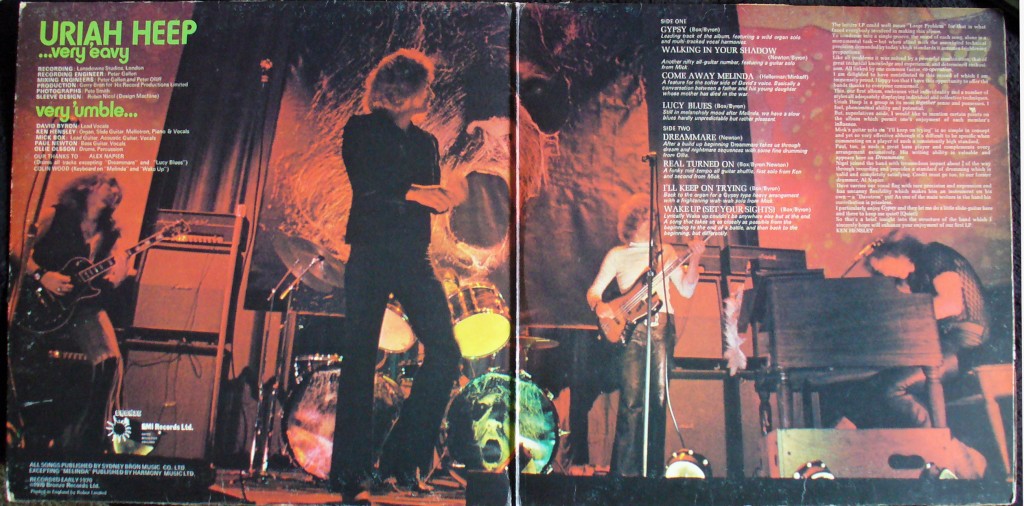
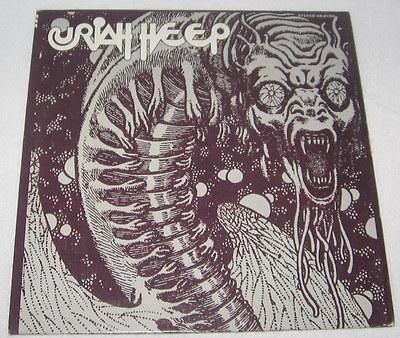
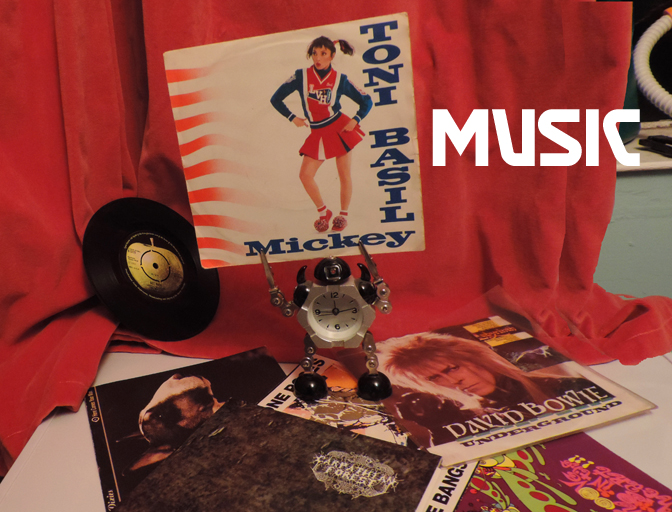
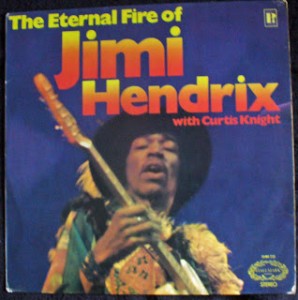
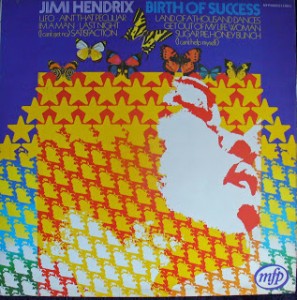
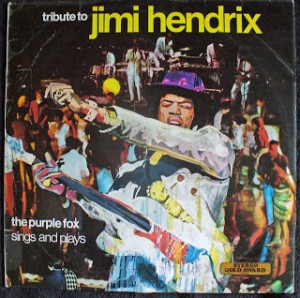


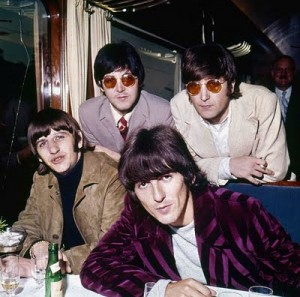 Car (1966), which perhaps surprisingly prefigures the genre with its funky soul influence. The Spencer Davis Group’s equally soulful Gimme Some Lovin’ (1966) also features possible cowbell* although to my ears it sounds more like a tambourine. *see note on Honky Tonk Woman below
Car (1966), which perhaps surprisingly prefigures the genre with its funky soul influence. The Spencer Davis Group’s equally soulful Gimme Some Lovin’ (1966) also features possible cowbell* although to my ears it sounds more like a tambourine. *see note on Honky Tonk Woman below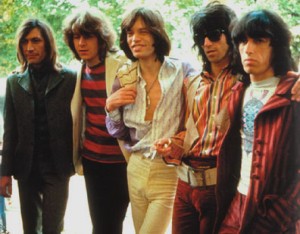 and from then on the song establishes cowbell rock; a rocking, yet laidback beat that holds everything else together. It was to prove hugely influential on the rock of the 70s and every revival thereof up until the present day. Interestingly (this is the part alluded to in the introductory note; thanks anonymous person), it is most likely erstwhile Spencer Davis Group producer Jimmy Miller, rather than the undoubtedly brilliant Charlie Watts, who plays the cowbell.
and from then on the song establishes cowbell rock; a rocking, yet laidback beat that holds everything else together. It was to prove hugely influential on the rock of the 70s and every revival thereof up until the present day. Interestingly (this is the part alluded to in the introductory note; thanks anonymous person), it is most likely erstwhile Spencer Davis Group producer Jimmy Miller, rather than the undoubtedly brilliant Charlie Watts, who plays the cowbell.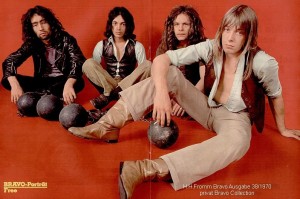 Free – All Right Now (1970) – picks up where Honky Tonk Women left off, with even bigger gaps in the riff; more room for cowbell. Most of Free’s early work should really be in the ‘implied cowbell’ list below
Free – All Right Now (1970) – picks up where Honky Tonk Women left off, with even bigger gaps in the riff; more room for cowbell. Most of Free’s early work should really be in the ‘implied cowbell’ list below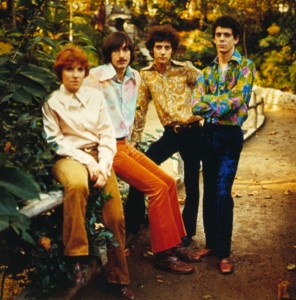 any) is not very audible but this should be a cowbell classic based on the riff alone (more such nonsense below).
any) is not very audible but this should be a cowbell classic based on the riff alone (more such nonsense below).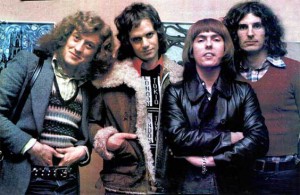 Slade – The Bangin’ Man (1974) – a tongue in cheek, slightly sad song, seemingly alluding to the memory problems the great Don Powell suffered when recovering from a horrendous car crash; but his drum/cowbell playing here is peerless.
Slade – The Bangin’ Man (1974) – a tongue in cheek, slightly sad song, seemingly alluding to the memory problems the great Don Powell suffered when recovering from a horrendous car crash; but his drum/cowbell playing here is peerless. perfect backdrop for some classic cowbell courtesy (I presume) of the great Aynsley Dunbar. Interestingly, Bowie’s flirtation with cowbell rock outlasted his glam period; check out the Young Americans-era outtake I’m Divine for some classic cowbell with more of a funk flavour.
perfect backdrop for some classic cowbell courtesy (I presume) of the great Aynsley Dunbar. Interestingly, Bowie’s flirtation with cowbell rock outlasted his glam period; check out the Young Americans-era outtake I’m Divine for some classic cowbell with more of a funk flavour.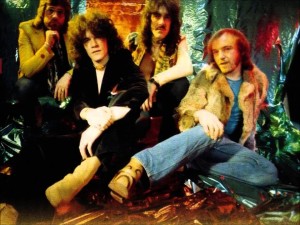 Nazareth – Hair of the Dog (1975) – basically a compendium of everything cheesy-but-good about mid-70s hard rock; and they came from Dunfermline!
Nazareth – Hair of the Dog (1975) – basically a compendium of everything cheesy-but-good about mid-70s hard rock; and they came from Dunfermline!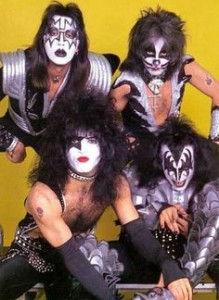 cowbell in 1975/6 because it’s all over the classic Rock & Roll Over album (released November 1976), giving it a looser, warmer feel than the also great but clinically orchestrated Destroyer (released March 1976, shockingly; When they were good, they were productive!)
cowbell in 1975/6 because it’s all over the classic Rock & Roll Over album (released November 1976), giving it a looser, warmer feel than the also great but clinically orchestrated Destroyer (released March 1976, shockingly; When they were good, they were productive!)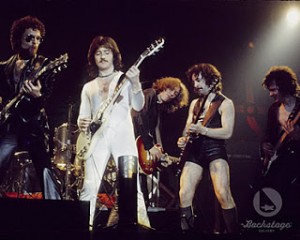
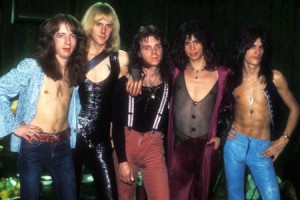 but this slow & dirty-sounding masterpiece has the real thing.
but this slow & dirty-sounding masterpiece has the real thing.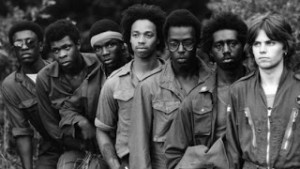 War – Low Rider (1975) – somewhat out of genre being funk, but this song belongs in any discussion of the cowbell in popular music. I’m sure Funkadelic must have used it too, but nothing comes to mind so I’ll leave that for now…
War – Low Rider (1975) – somewhat out of genre being funk, but this song belongs in any discussion of the cowbell in popular music. I’m sure Funkadelic must have used it too, but nothing comes to mind so I’ll leave that for now…